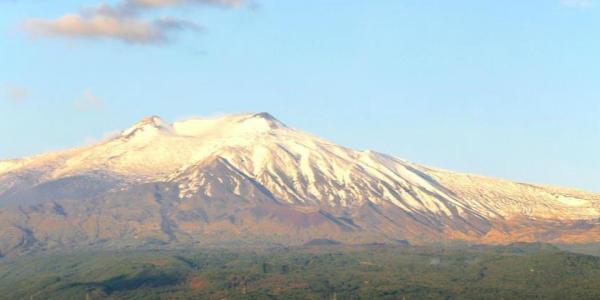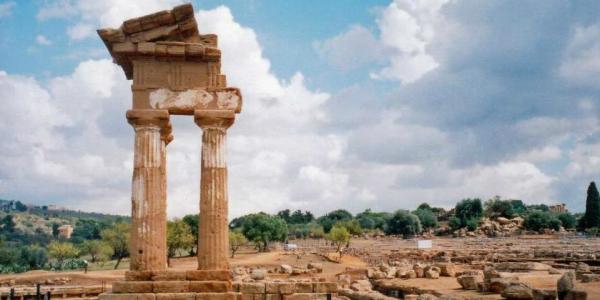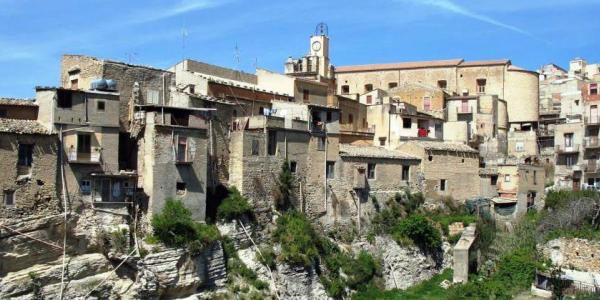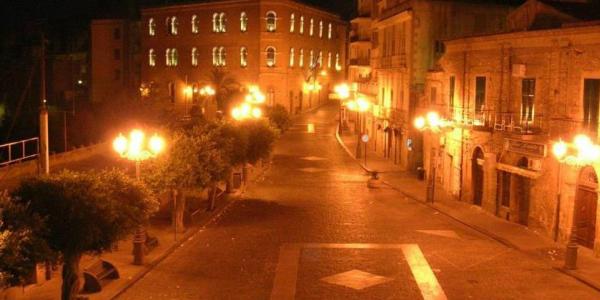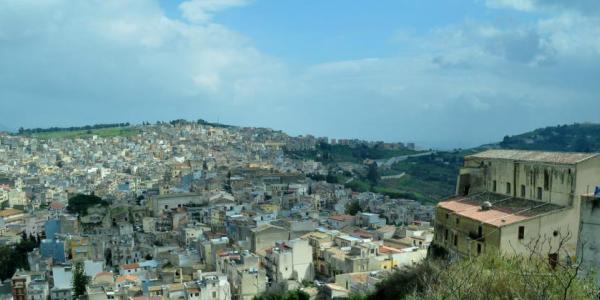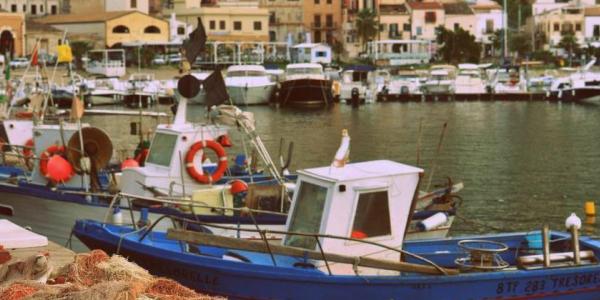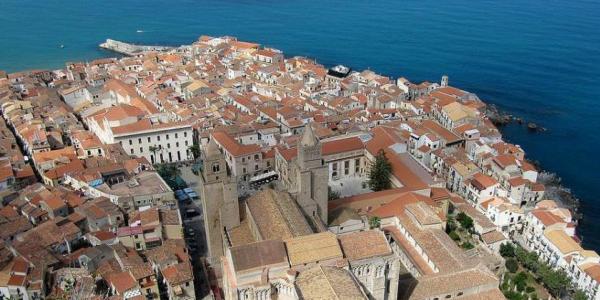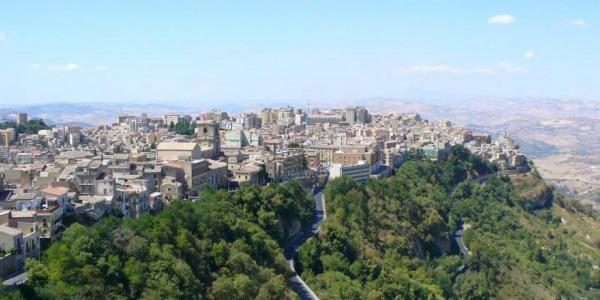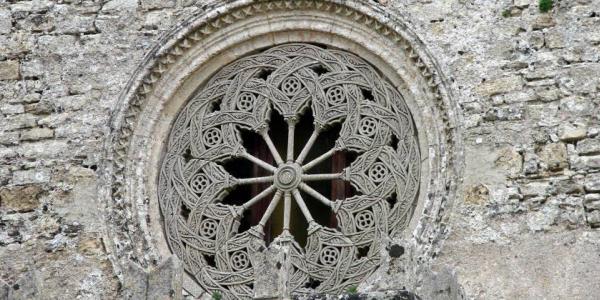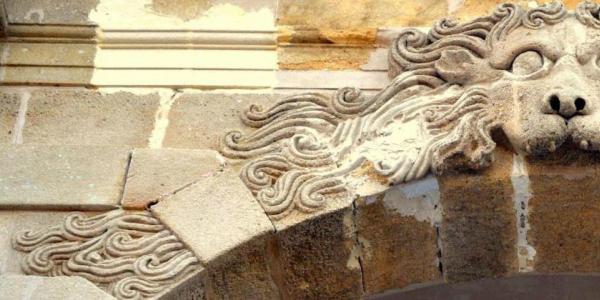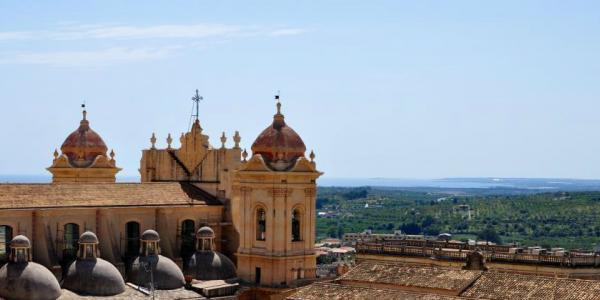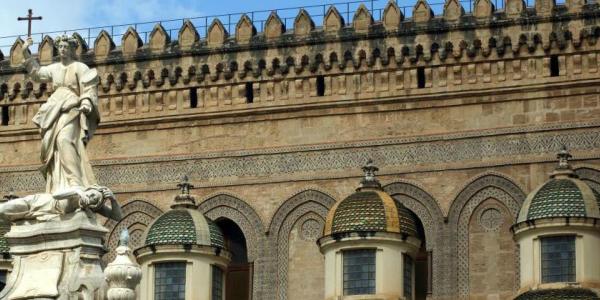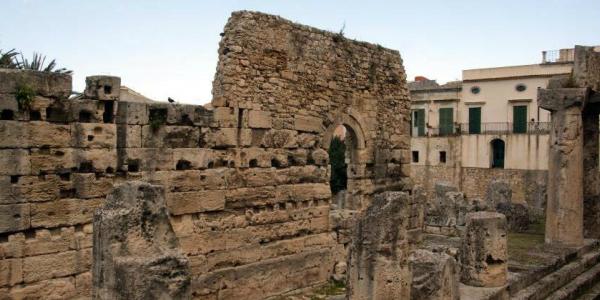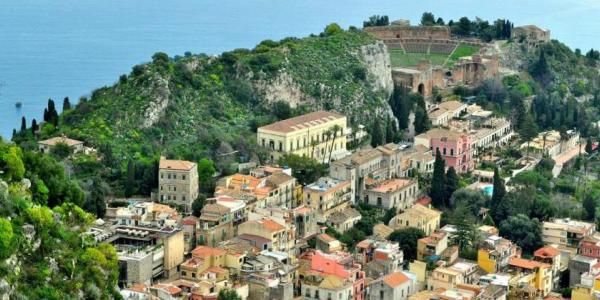Avola
At only 9 kilometres from Noto, along the old Greek road that crosses the island, the Via Elorina, we come to the town of Avola. The antiquity of this place is clear from the presence of a Dolmen, a megalithic construction that probably dates from the Neolithic period, located in the Falaride neighbourhood (Borgellusa) near the entrance to the town. Lots of small loculi have been dug out of the rock on top of the dolmen, which may have been used as burial chambers for children.
The town has very interesting cultural and natural heritage for visitors to explore. After the tremendous earthquake of 1693, the town was reconstructed further downhill with an unusual hexagonal layout. Its architectural monuments, built out of white limestone that is quarried nearby, are in late-Baroque and above all Liberty style. The old town of Avola boasts several eighteenth century churches and civil buildings such as the Palazzo Di Citta’, the Teatro Garibaldi, a beautiful neoclassical style building, the Palazzo Modica, old 18th Century constructions in the Santa Venera district, the Old Market on the Via San Francesco D’Assisi and the Clock Tower erected in 1865 in the Piazza Umberto I.
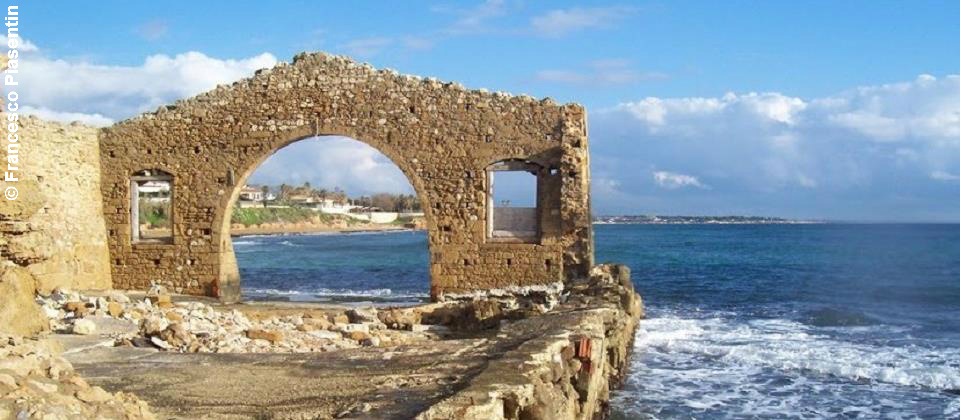
Just outside the old town is the “Palmento e Frantoio Midolo” Museum, a multimedia exhibition with great ethno-anthropological value that traces the different stages in the processing of grapes and olive oil. This is done in the original building and with the original implements.
In the Marina d'Avola we find the old Tonnara, an example of industrial architecture from the 1930s that was a major hub for the seaborne tuna trade. Constructed around a central loggia, the plant included warehouses and sheds for tuna processing, citrus fruit distilleries and a mill for processing wheat.
Avola Antica
Another fascinating historical site is Avola Antica, the old town destroyed by the earthquake. Built on top of Monte Aquilone, there are still archaeological remains of both the mediaeval town and a much earlier prehistoric settlement. There are many tombs carved into the rock that were part of the necropolis of the Cassibile, a culture who inhabited the area between the 11th and 9th centuries BC.
 10096825636_0883afa887_o_rszx.jpg)
Another impressive spectacle at Avola Antica is the Cava Grande nature reserve, one of the largest canyons in Europe. The Cave is divided into three main areas and offers incredible natural sites with grottoes, springs and lush vegetation. Inside this impressive cleavage in the plateau, the river Cassibile has gradually eroded the rock, forming the so-called “marmitte dei giganti” (giants’ pots), small, deep emerald lakes reached along paths immersed in typical Mediterranean greenery.



